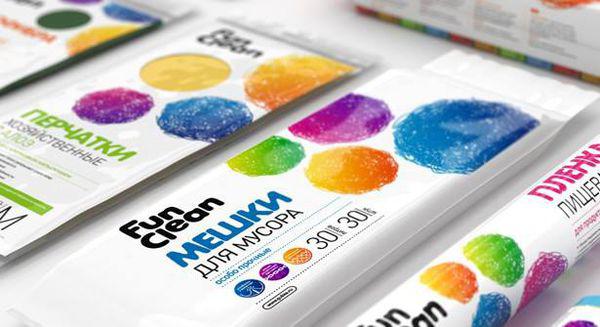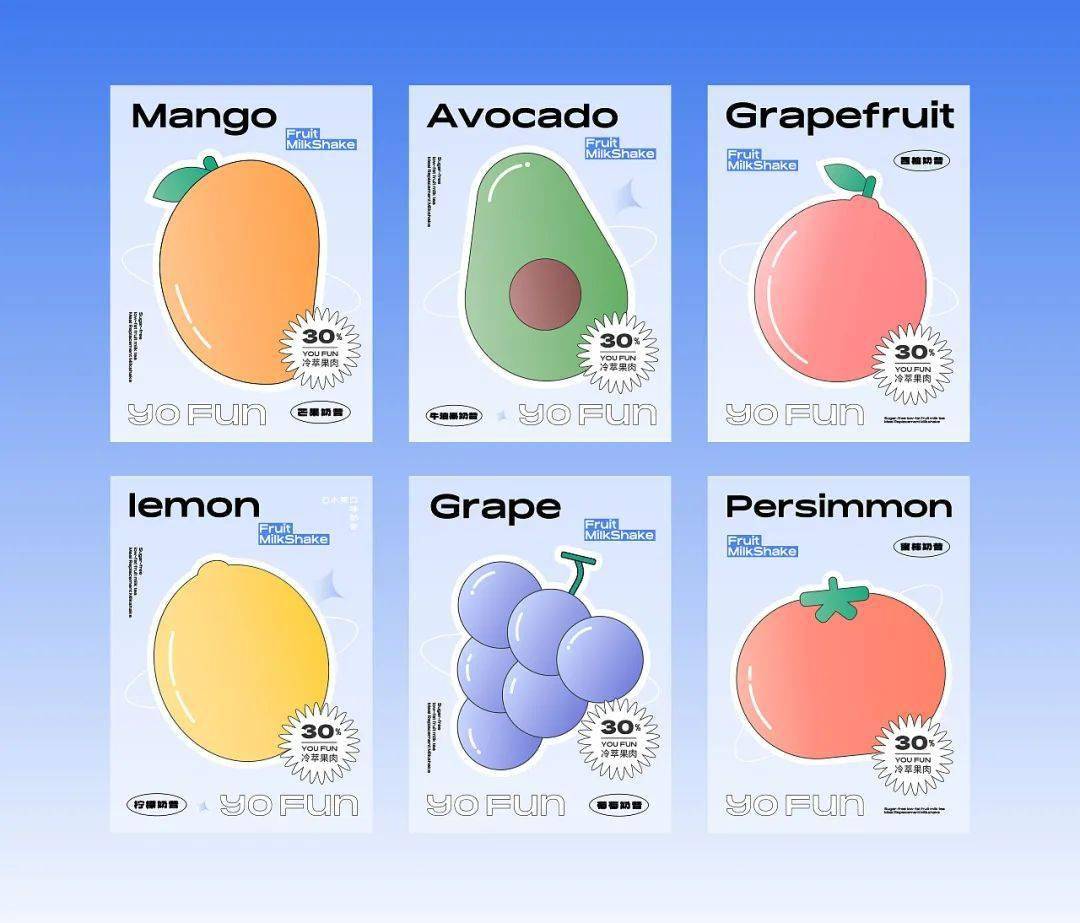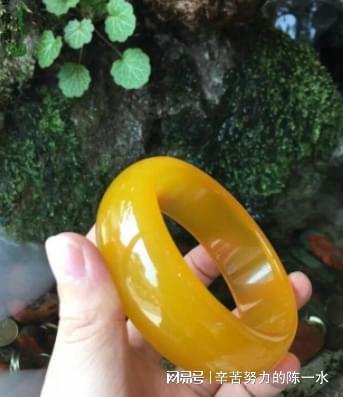摘要:本文探讨了包装用品与黄玉之间的化学组成区别。文章深入分析了应用数据分析,对两者进行了详细对比。通过设计解析,快速解答了关于两者化学特性的疑问。文章旨在帮助读者了解包装用品与黄玉在化学成分上的不同,以更好地理解和应用这两种物质。
In the realm of materials science and technology, the study of packaging materials and gemstones like yellow jade holds significant importance. While both fields deal with materials, their applications, properties, and chemical compositions often differ greatly. In this article, we will delve into the chemical composition differences between packaging materials and yellow jade, analyzing the application data in detail.
Packaging Materials:
Packaging materials play a crucial role in protecting products during transportation, storage, and sale. These materials range from paper and cardboard to plastics, aluminum, and glass. While the exact chemical composition of packaging materials depends on their type and purpose, most of them are designed to be functional, cost-effective, and recyclable.
Plastics, for instance, are polymers composed of long-chain molecules. These polymers are further classified based on their chemical structure and properties. Some common types of plastics used in packaging include polyethylene (PE), polypropylene (PP), polystyrene (PS), and polyvinyl chloride (PVC). Each type of plastic has unique mechanical, physical, and chemical properties that make them suitable for specific packaging applications.
Yellow Jade:
Yellow jade, a type of gemstone, is renowned for its unique color and physical properties. It is primarily composed of silica-based minerals with a chemical composition that includes elements like aluminum, magnesium, iron, and calcium. The specific composition of yellow jade varies depending on its origin and formation conditions.
Unlike packaging materials, yellow jade is not used for practical purposes such as protection or storage. Instead, it is valued for its aesthetic beauty, cultural significance, and sometimes for its healing properties. Yellow jade is often carved into jewelry, ornaments, or other decorative objects.
Application Data Analysis:
To understand the chemical composition differences between packaging materials and yellow jade, we need to analyze application data. This data includes the materials' usage patterns, their performance in different environments, their interaction with other substances, and their long-term durability.
For packaging materials, application data analysis involves studying their performance during manufacturing, transportation, storage, and disposal. This analysis helps determine their suitability for different applications based on factors like temperature, humidity, chemical exposure, and mechanical stress.
For yellow jade, application data analysis focuses on its formation process, composition, and durability under different conditions. Geologists and gemologists study the formation of yellow jade in nature to understand its unique properties and how these properties make it suitable for specific applications like jewelry or decorative objects.
Comparing the two, it becomes evident that while both packaging materials and yellow jade are materials, their application data and chemical compositions differ significantly. Packaging materials are designed for practical purposes and need to be functional, cost-effective, and recyclable. Yellow jade, on the other hand, is valued for its aesthetic beauty and cultural significance, with its chemical composition determined by its formation conditions and composition of minerals.
In conclusion, understanding the chemical composition differences between packaging materials and yellow jade is crucial. It not only helps us appreciate the unique properties of both materials but also enables us to make informed decisions when choosing materials for specific applications. Through deep analysis of application data, we can ensure the optimal performance of materials in different environments and applications.




 陕ICP备19024466号-1
陕ICP备19024466号-1 陕ICP备19024466号-1
陕ICP备19024466号-1
还没有评论,来说两句吧...